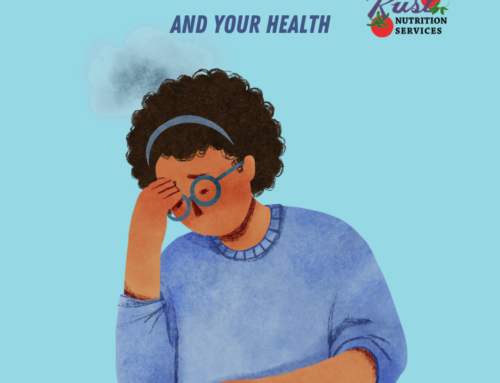Did you know that 40% of all food wasted happened in the residential sector? That’s us!
Food waste is going to happen. However, once you start noticing it, you’ll find you can do better to create LESS waste (not necessarily zero). I encourage you to take some time to simply think about the foods you often throw away. Food Waste and Loss data shows that fruits and vegetables are the most highly wasted category, followed by grains and dairy.

Ask yourself - How can I throw less of this food away? Click To Tweet
- Maybe you find you over-buy, or buy without a plan?
- Or maybe you simply forget about preparing the vegetables you bought during the window they are not perishing?
- Could you freeze the extra bread or grains that are left over in airtight bags?
- Can you choose some canned or frozen vegetables to round out your fresh produce?
- Simply cooking up the veggies you have on hand can help extend their life (never put a half bag of spinach back into the fridge! Cook it – and it’s ready to throw into an omelet or soup).
How Much We Waste
According to EPA data, 60% of our food waste goes into the garbage can (putting it into the garbage disposal may reduce landfill methane emission, but puts stress on water treatment plants). The food we throw away gets delivered to municipal landfills, emitting harmful greenhouse gas (methane). This is significant.
- According to the UN, if food waste were a country, it would represent the third largest producer of CO2
- A recent Gallop Survey reports that the average US household wastes over 6 cups of food per week. This could fill over 360 medium size take-out containers over the year. That’s almost a meal a day.
- Meanwhile, as all that food gets thrown away, 44 million people in the US are food insecure – this means that they may not know where their next meal is coming from, they can’t afford enough food to get them through the month, or they don’t have regular access to food (Source: FeedingAmerica)
We can do better!
✅ Shopping smarter – have a plan for everything that goes into your cart. Don’t over-buy what you can’t use.
✅ Storing food properly so it lasts longer (utilize the freezer)
✅ Using what you have. Shop your pantry and freezer at least once a week to create a meal with the ingredients you already have. Use up your leftovers in creative ways.
Check out my Zero Waste Kitchen Guides and my book – Zero Waste Cooking For Dummies® – where you’ll find over 100 recipes and chapters that help you use commonly wasted food items.
Cheers to better health, a simpler life, and a better planet!




